The National Museum of Anthropology (Museo Nacional de Antropologia) in Mexico City was created in 1964 and contains the world’s largest collection of ancient Mexican art and ethnographic exhibits about Mexico’s present-day indigenous people. It is the largest and most visited museum in all of Mexico and one of the most well known in the world.
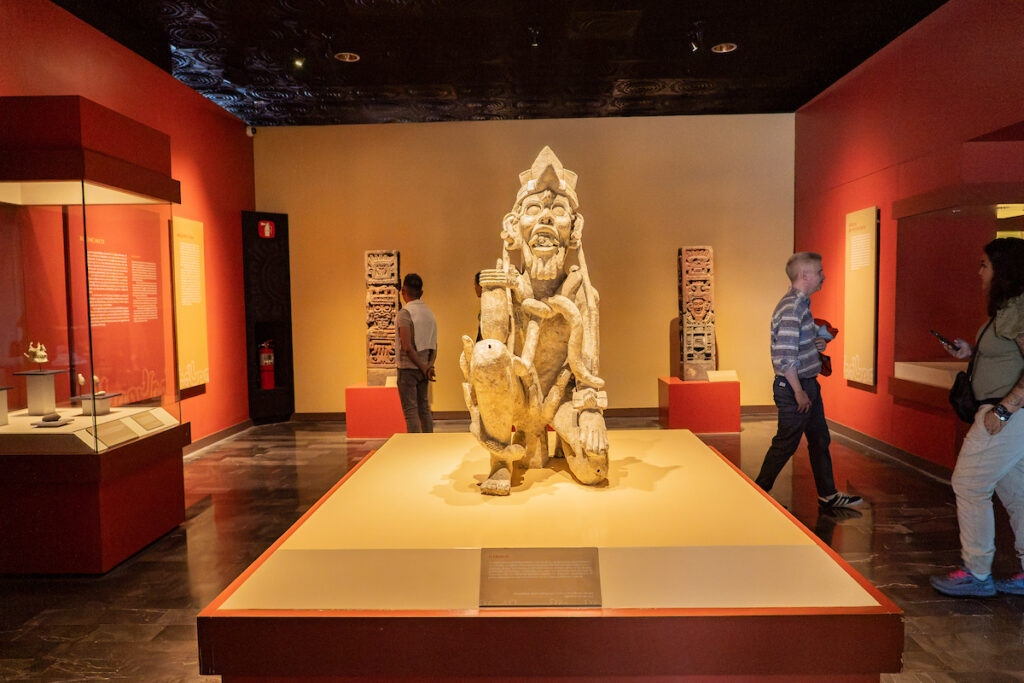
The museum has been on my list to visit for many years so when I decided to make a last minute trip to experience Day of the Dead celebrations in Mexico City last week, I was finally able to cross it off the list. After traveling across Mexico over the last two decades, I was thrilled to see a collection of artifacts that take visitors on a journey through history that spans across the entire nation.
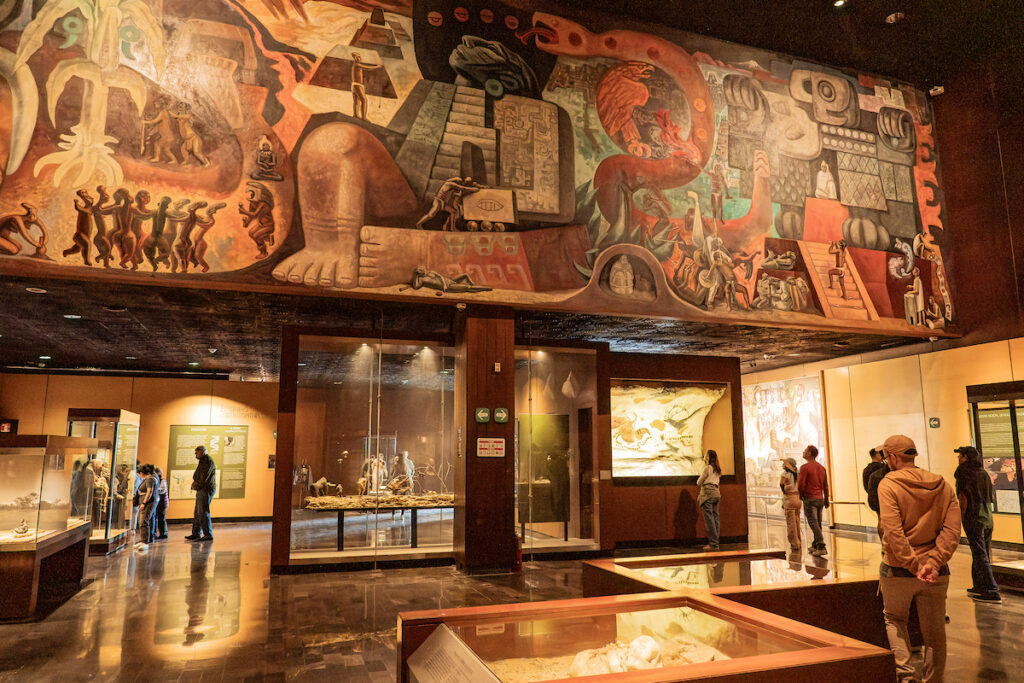
The immaculate building was designed by Pedro Ramírez Vázquez, Jorge Campuzano, and Rafael Mijares Alcérreca back in 1964 despite its largely futuristic look. The building is constructed around a simple courtyard with a pond and large square concrete umbrella known as The Umbrella (el paraguas) that showers down water around it.
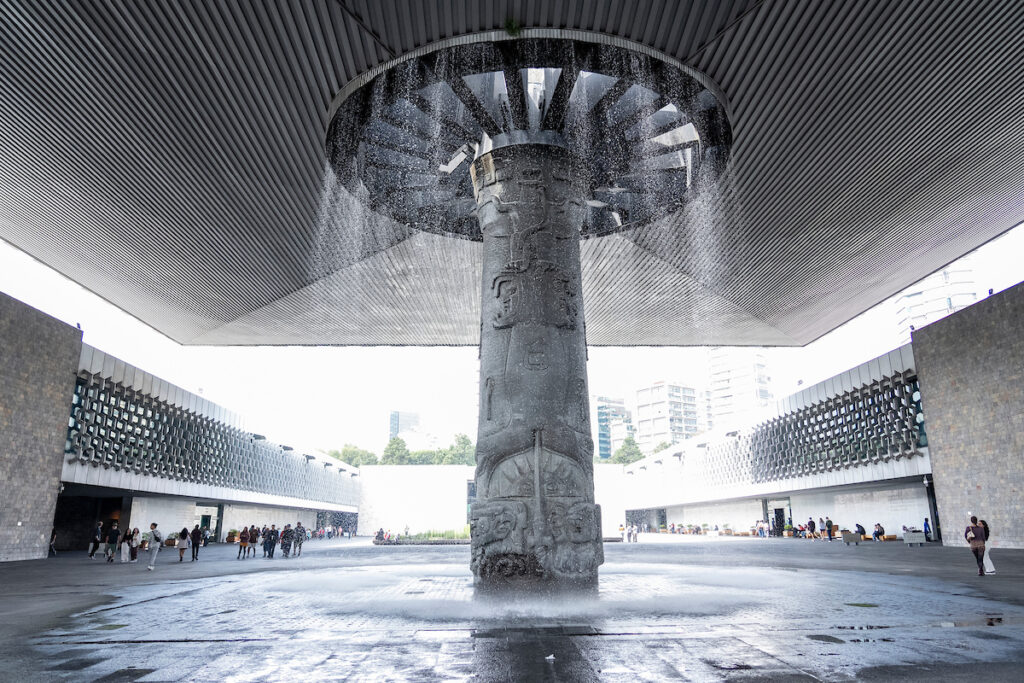
The museum has 23 permanent exhibit halls that are all surrounded by gardens and outdoor exhibits. The halls are ringed by gardens, many of which contain outdoor exhibits as well. In its entirety, the museum covers almost 20 acres of land.
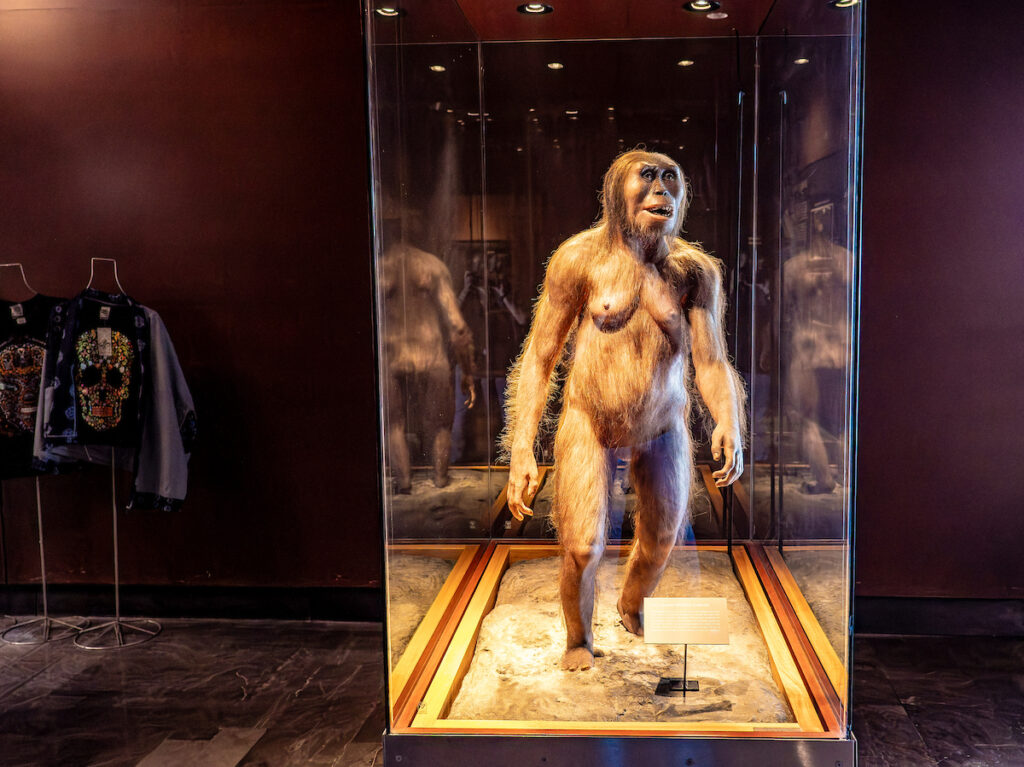
The layout of the building is made to go in chronological order if you enter the hall on the right and follow it all the way around to the left. In the beginning, you can explore the cultures from Central Mexico and complete the historical journey at the Mexica (Aztec) exhibit. The famous Sun Stone can be found in this exhibit which is the stone sculpture of the Aztec calendar.
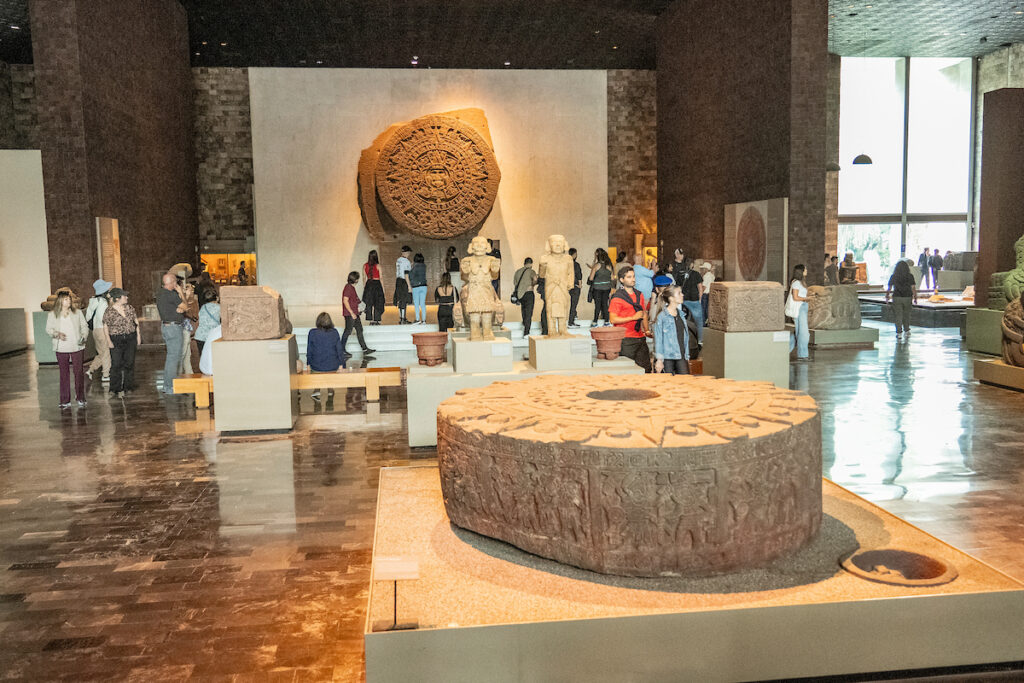
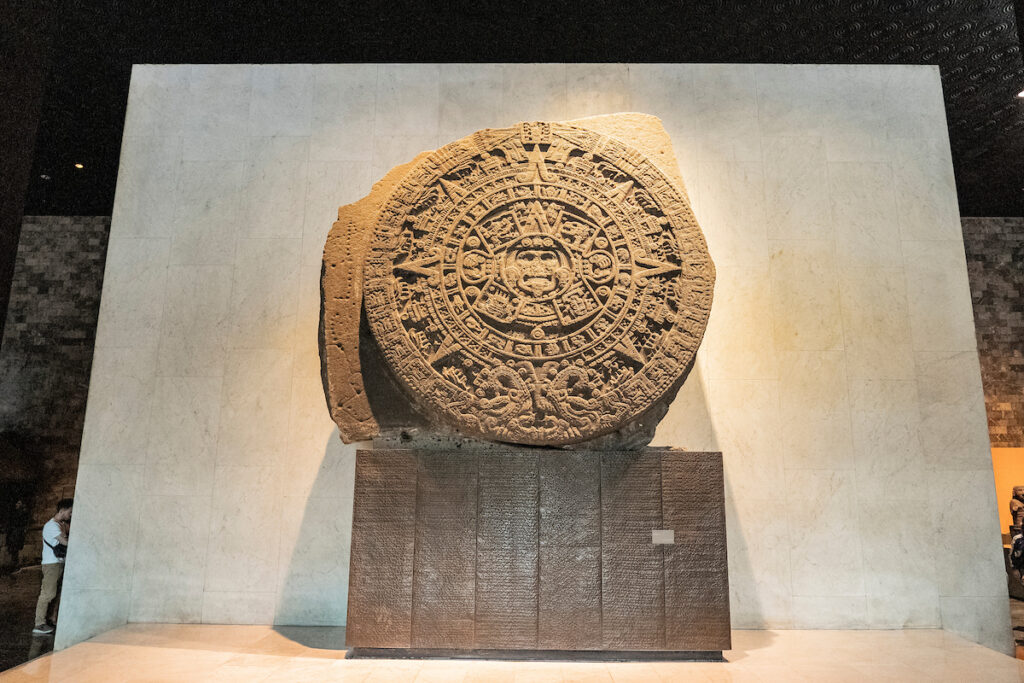
On the first floor, pre-Columbian civilizations classified as North, West, Maya, Gulf of Mexico, Oaxaca, Mexico, Toltec, and Teotihuacan are represented by artifacts. A reproduction of the Temple of the feathered serpent in Teotihuacan, a ceramic skull covered in turquoise, and the Olmec colossal heads are among the ancient artifacts you can come across.
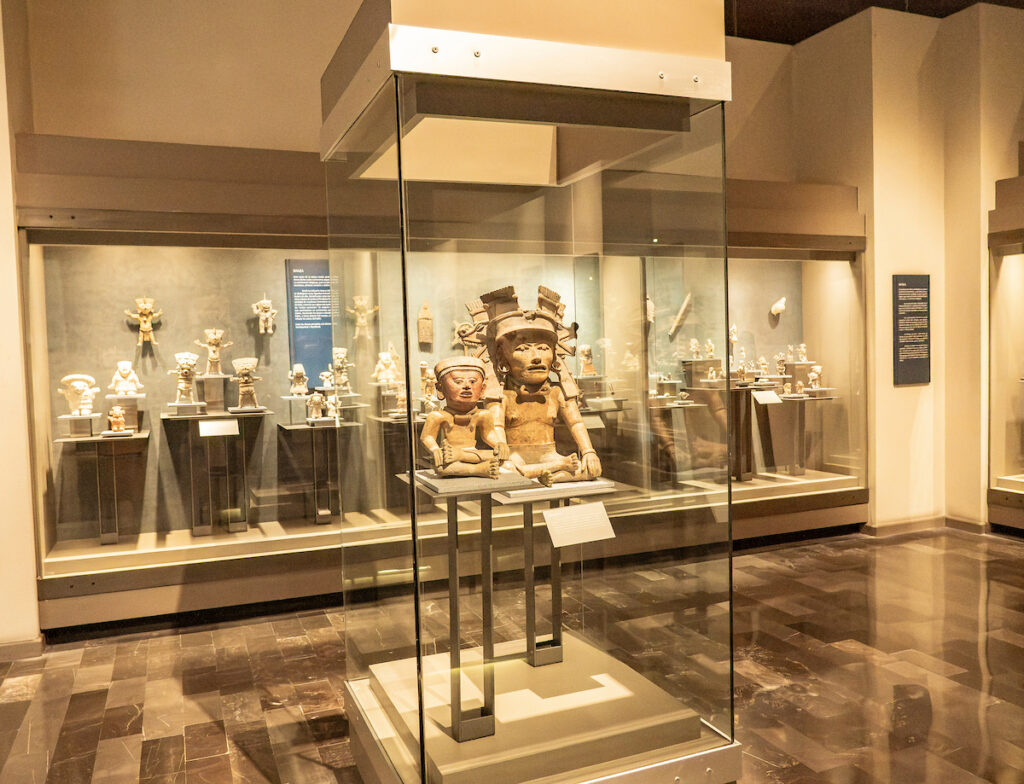
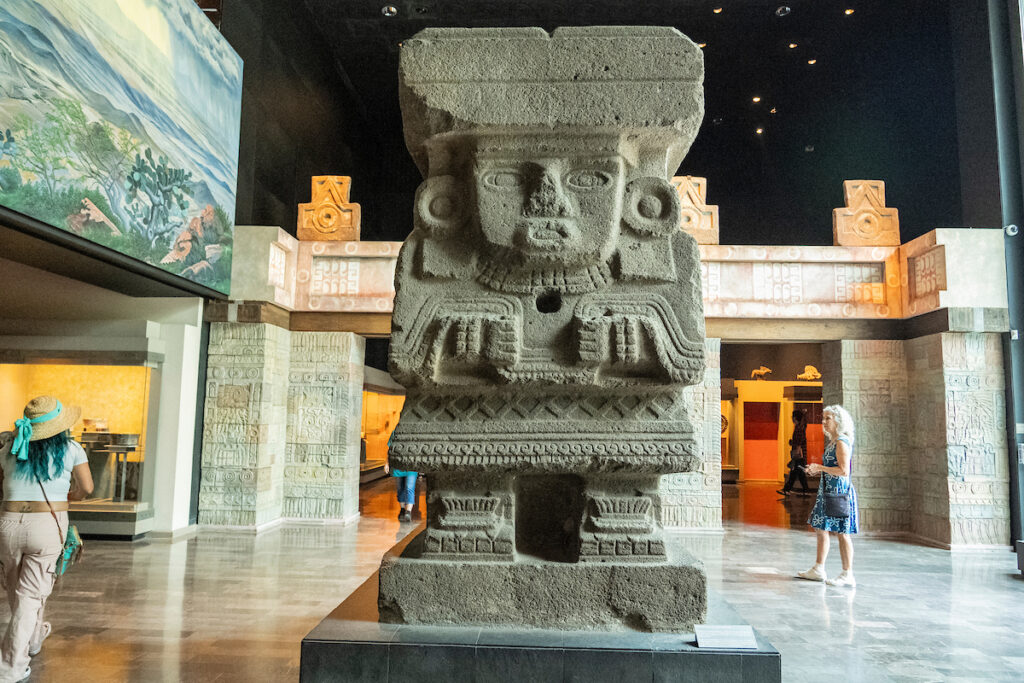
Near the entrance of the Teotihuacan gallery is an artifact that shows the continued religious importance of this great city long after the fall of its political power. The fractured Disk of Mictlāntēcutli represents the god of death of the Mexica, placed by these people within the Pyramid of the Sun at Teotihuacan. This piece had significant impact for my visit since we were in the city for Day of the Dead celebrations.
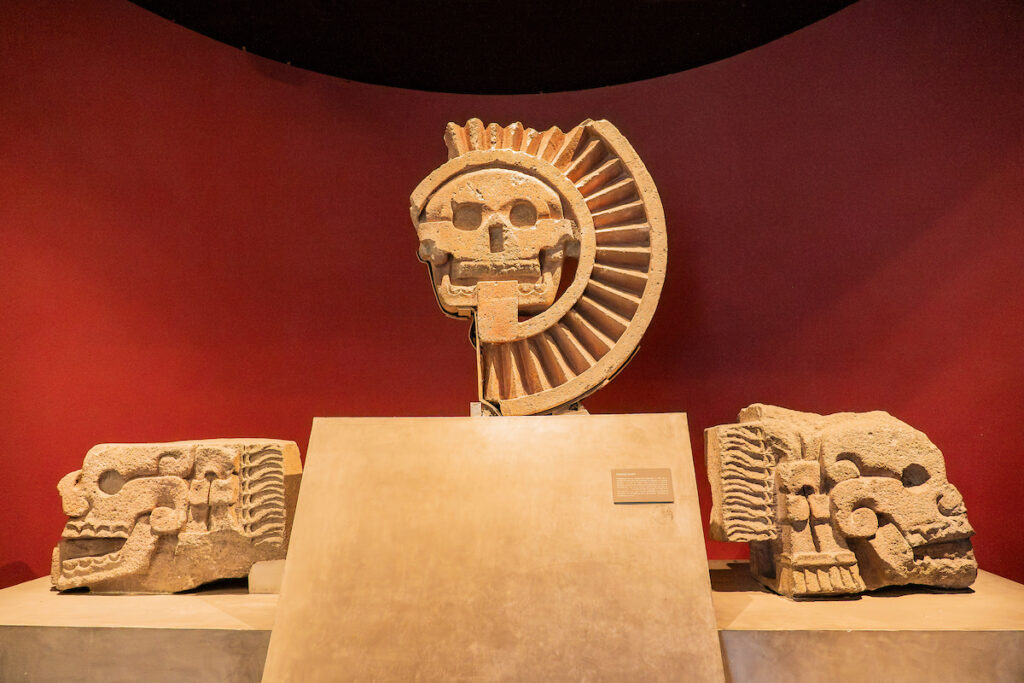
My favorite region in the museum was the Gulf of Mexico exhibits with the wide range of artifacts displayed. From the pottery to the tools that the people used it was fascinating to see how many stories can be told by examining what has been left behind by the indigenous cultures.
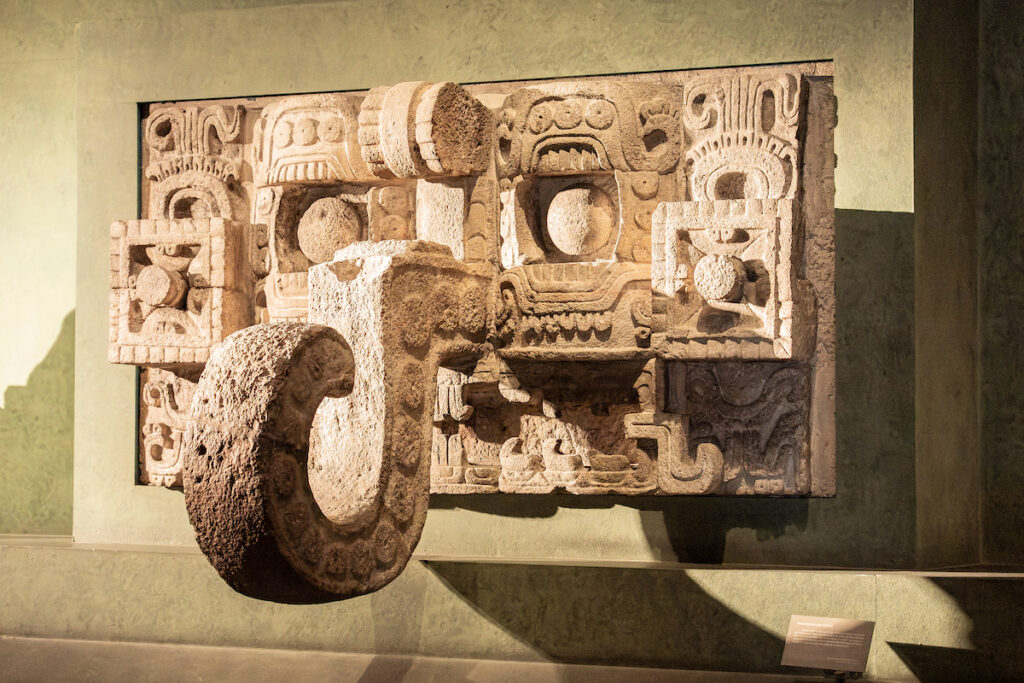
On the second floor, Mexican anthropology comes into play with exhibits featuring current living cultures and ethnographies of groups across Mexico. Different traditions and cultural norms are explored and represented.
Since you may be in the museum for a few hours, you can visit the on-site restaurant, The Gastronomic Room, whose menu features meals from six regions of the country as well as a special menu that highlights corn cuisine, a staple crop in Mexican culture. It is open from 9 a.m. to 6 p.m. Tuesday to Sunday. Reservations can be made online here: https://salagastronomica.mx/.
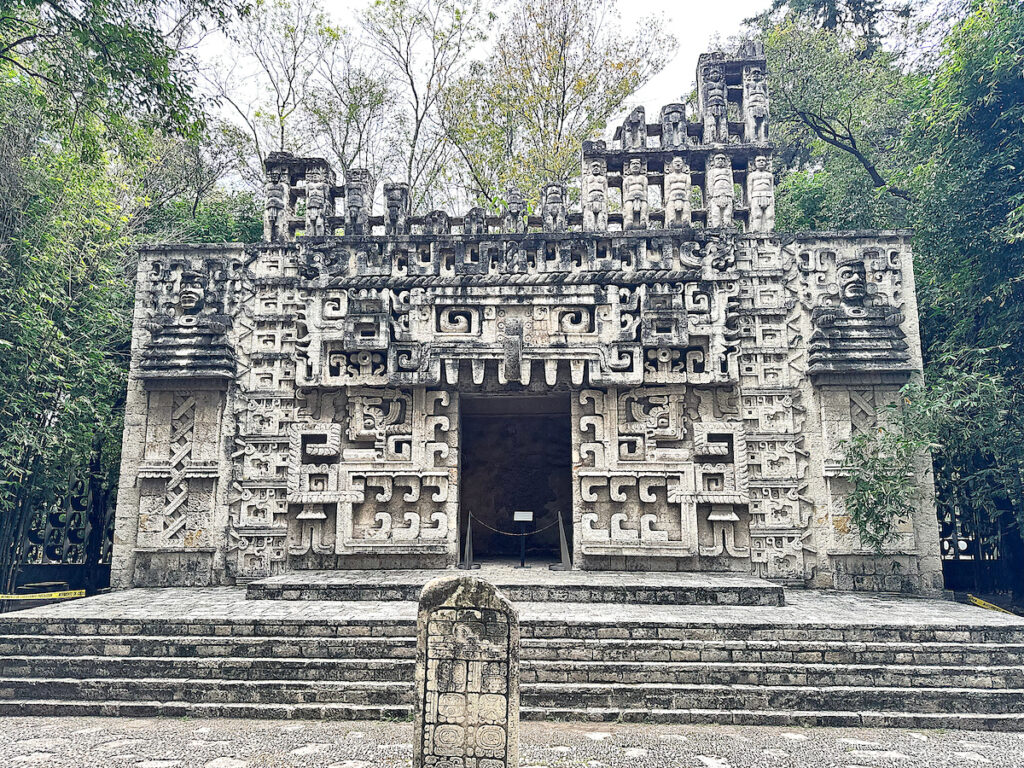
If you find yourself drawn to a specific sculpture or artifact, stop at the giftshop where reproductions of pieces from the museum’s archaeology collection can be purchased. The gift shop is open Tuesday to Sunday from 10:00 a.m. to 6:00 p.m.
The museum and all of its exhibits are open to the public from Tuesday to Sunday, 9 a.m. to 6 p.m. General admission for international visitors is $95.00 MXN (about $5.00 USD.) Each ticket purchased can be used multiple times in one day if you would like to leave to go grab a bite to eat or come back to see the museum lit up in the evening. Tickets can be purchased onsite using the kiosks or with the desk attendants.
This vast amount of real and replica artifacts in this museum is amazing and a must visit spot for your next trip to Mexico City.

